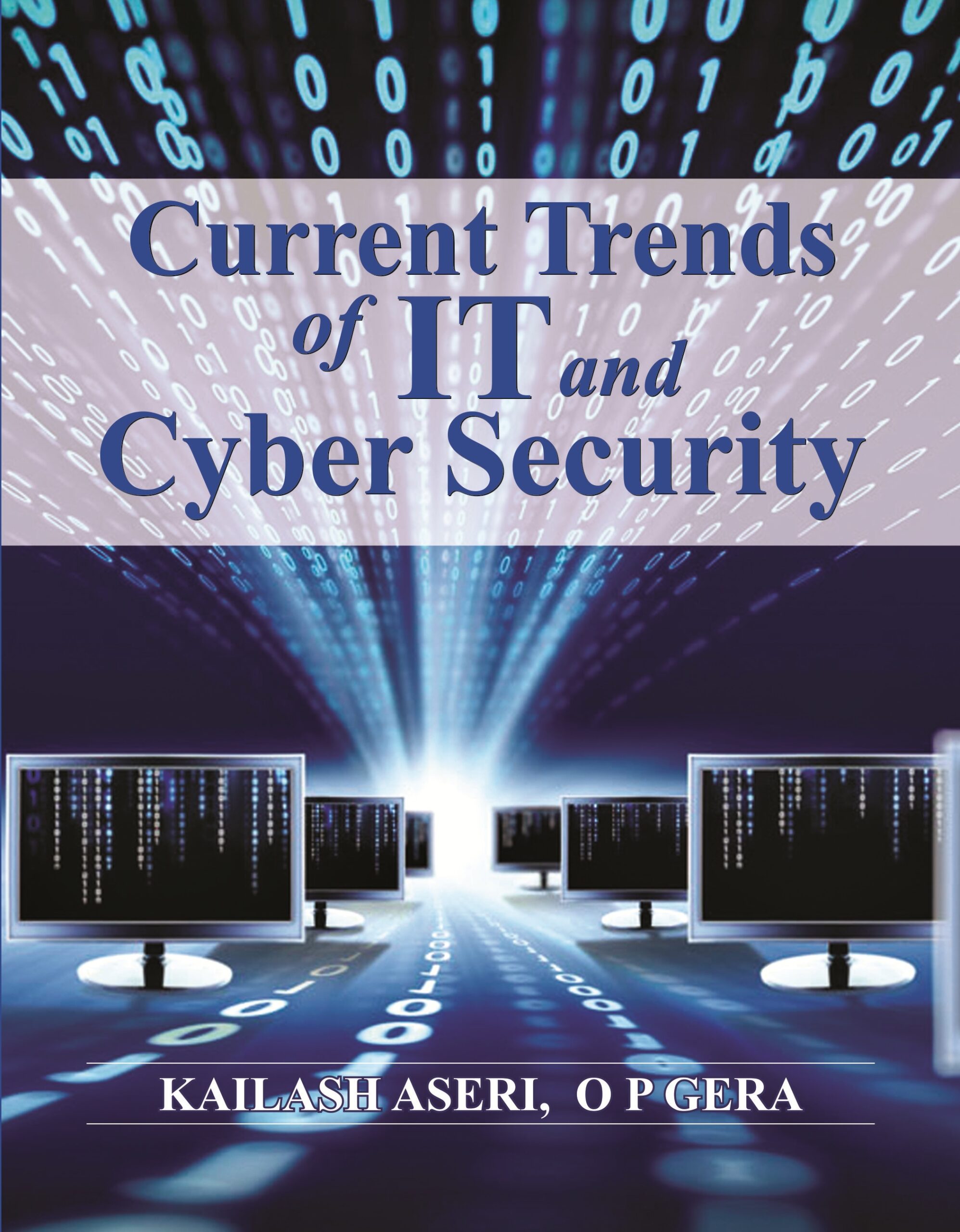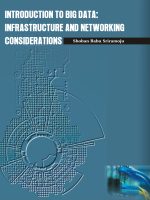The computerization of our society has substantially enhanced our capabilities for both generating and collecting data from diverse sources. A tremendous amount of data has flooded almost every aspect of our lives. This explosive growth in stored or transient data has generated an urgent need for new techniques and automated tools that can intelligently assist us in transforming the vast amounts of data into useful information and knowledge. This has led to the generation of a promising and flourishing frontier in computer science called data mining, and its various applications. Data mining, also popularly referred to as knowledge discovery from data (KDD), is the automated or convenient extraction of patterns representing knowledge implicitly stored or captured in large databases, data warehouses, the Web, other massive information repositories, or data streams.
This book explores the concepts and techniques of Current Trends of IT and Cyber Security. As a multidisciplinary field, data mining draws on work from areas including statistics, machine learning, pattern recognition, database technology, information retrieval, network science, knowledge-based systems, artificial intelligence, high-performance computing, and data visualization. We focus on issues relating to the feasibility, usefulness, effectiveness, and scalability of techniques for the discovery of patterns hidden in large data sets. As a result, this book is not intended as an introduction to statistics, machine learning, database systems, or other such areas, although we do provide some background knowledge to facilitate the reader’s comprehension of their respective roles in data mining. Rather, the book is a comprehensive introduction to data mining. It is useful for computing science students, application developers, and business professionals, as well as researchers involved in any of the disciplines previously listed.
Data mining emerged during the late 1980s, made great strides during the 1990s, and continues to flourish into the new millennium. This book presents an overall picture of the field, introducing interesting data mining techniques and systems and discussing applications and research directions. An important motivation for writing this book was the need to build an organized framework for the study of data mining—a challenging task, owing to the extensive multidisciplinary nature of this fast-developing field. We hope that this book will encourage people with different backgrounds and experiences to exchange their views regarding data mining so as to contribute toward the further promotion and shaping of this exciting and dynamic field.
Our capabilities of both generating and collecting data have been increasing rapidly in the last several decades. Contributing factors include the widespread use of bar codes for most commercial products, the computerization of many business, scientific, and government transactions, and advances in data collection tools ranging from scanned text and image platforms to satellite remote sensing systems. In addition, popular use of the World Wide Web as a global information system has flooded us with a tremendous amount of data and information. This explosive growth in stored data has generated an urgent need for new techniques and automated tools that can intelligently assist us in transforming the vast amounts of data into useful information and knowledge.
This book was designed to cover a wide range of topics in the data mining field. As a result, it is an excellent handbook on the subject. Because each chapter is designed to be as standalone as possible, you can focus on the topics that most interest you. The book can be used by application programmers and information service managers who wish to learn about the key ideas of data mining on their own. The book would also be useful for technical data analysis staff in banking, insurance, medicine, and retailing industries who are interested in applying data mining solutions to their businesses. Moreover, the book may serve as a comprehensive survey of the data mining field, which may also benefit researchers who would like to advance the state-of-the-art in data mining and extend the scope of data mining applications.
Electronic Commerce, provides complete coverage of the key business and technology elements of electronic commerce. The book does not assume that readers have any previous electronic commerce knowledge or experience.
Undergraduate and graduate business school courses in electronic commerce. Although I had used a variety of books and other materials in my corporate training work, I was concerned that those materials would not work well in university courses because they were written at widely varying levels and did not have the organization and pedagogic features, such as review questions, that are so important to students. After searching for a textbook that offered balanced coverage of both the business and technology elements of electronic commerce, We concluded that no such book existed. The first edition of Electronic Commerce was written to fill that void. Since that first edition, We have worked to improve the book and keep it current with the rapid changes in this dynamic field.
This book presents a comprehensive set of practices that are designed to ensure security in cyberspace. Those practices were developed over the latter part of this decade by the U.S. federal government. Given that pedigree and the currency of its ideas, this framework provides very authoritative advice about how to create practical cybersecurity. Even so, it is hard to truly understand how to apply a complicated framework like this, by simply studying its contents. It is much better to experience the nuances of cybersecurity practice through an actual attempt to establish the process. That attempt is captured in a story about a fictional company. The story illustrates the actual problems that such a company might encounter in attempting to secure itself in the real world.










Be the first to review “Current Trends of IT and Cyber Security”
You must be logged in to post a review.